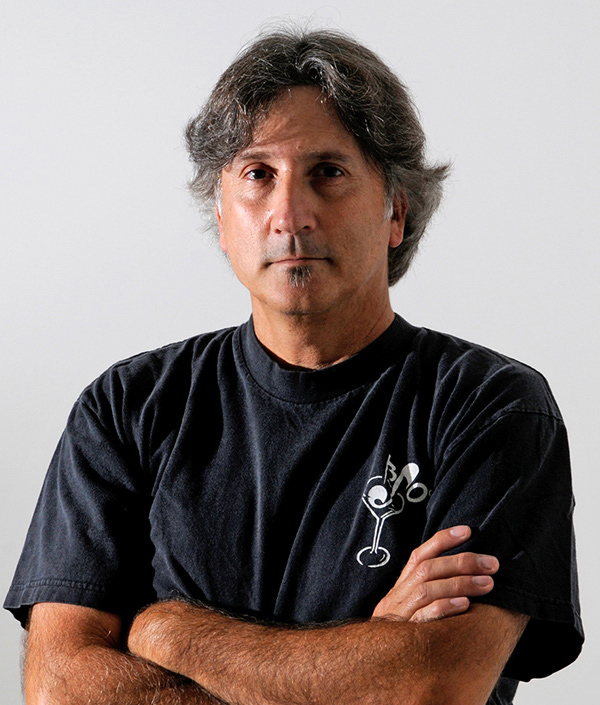 firing up
firing up
 BY NICK LICATA
BY NICK LICATA

his editorial is not going where you might think it is but it’s likely the title got your attention. The hot models I’m referring to aren’t the ones standing next to a hopped-up Chevelle on the cover of a 1982 muscle car magazine. What I’m referring to are particular models of Chevy and how it got your attention.
For me it all started with the first-gen Camaros. There were a few making noise in my neighborhood and at my high school. To me they always stood out as the coolest looking of all muscle cars. Those cars stuck in my head, so a few years out of high school I bought a 1967 Camaro. It wasn’t anything special, but it had the folding rear seat option, which according to the Camaro White Book, there were 17,993 built with this $31.10 option. I’ve heard them referred to as the “businessman coupe,” and I thought it was a cool storage area. Unfortunately, I sold it in the early 1990s, and for not much more than what I paid for it just three years earlier. And in reference to my editorial in the Sep. ’24 issue, man, I wish I still had that car. Something most of us can relate to.
Years later, I went through a phase where I really wanted another Camaro; this time a 1969, but by the time that quest started, even a rusted hulk was out of my price range, so I set sights on an early second-gen Camaro. It had to be a 1970-1973, though, as I wasn’t keen on the big-bumper models that came out in 1974 and after; it was all about those round taillights and thin bumpers for me.
I first took notice of the early second-gen Camaros when I was about 11 years old. One of my good friend’s older brothers had a Mulsanne Blue 1970 that was handed down from his mom. It wasn’t long before he started with the upgrades. I don’t remember exactly what was done to the car, but I do remember he gradually bolted on the standard Day Two mods as money allowed: headers, exhaust, cool-sounding mufflers, chrome air filter and valve covers, traction bars, slotted mag wheels, wrapped in big ol’ tires in the back and skinnies up front. That car wasn’t crazy fast or anything, but it looked cool.

That’s how I became a second-gen Camaro fan, and I’m betting there’s an interesting story on how a certain model of Chevy got you hooked, so I’d like to hear it.
You in?
 I want to hear from you. Send an email to nlicata@inthegaragemedia.com
I want to hear from you. Send an email to nlicata@inthegaragemedia.com